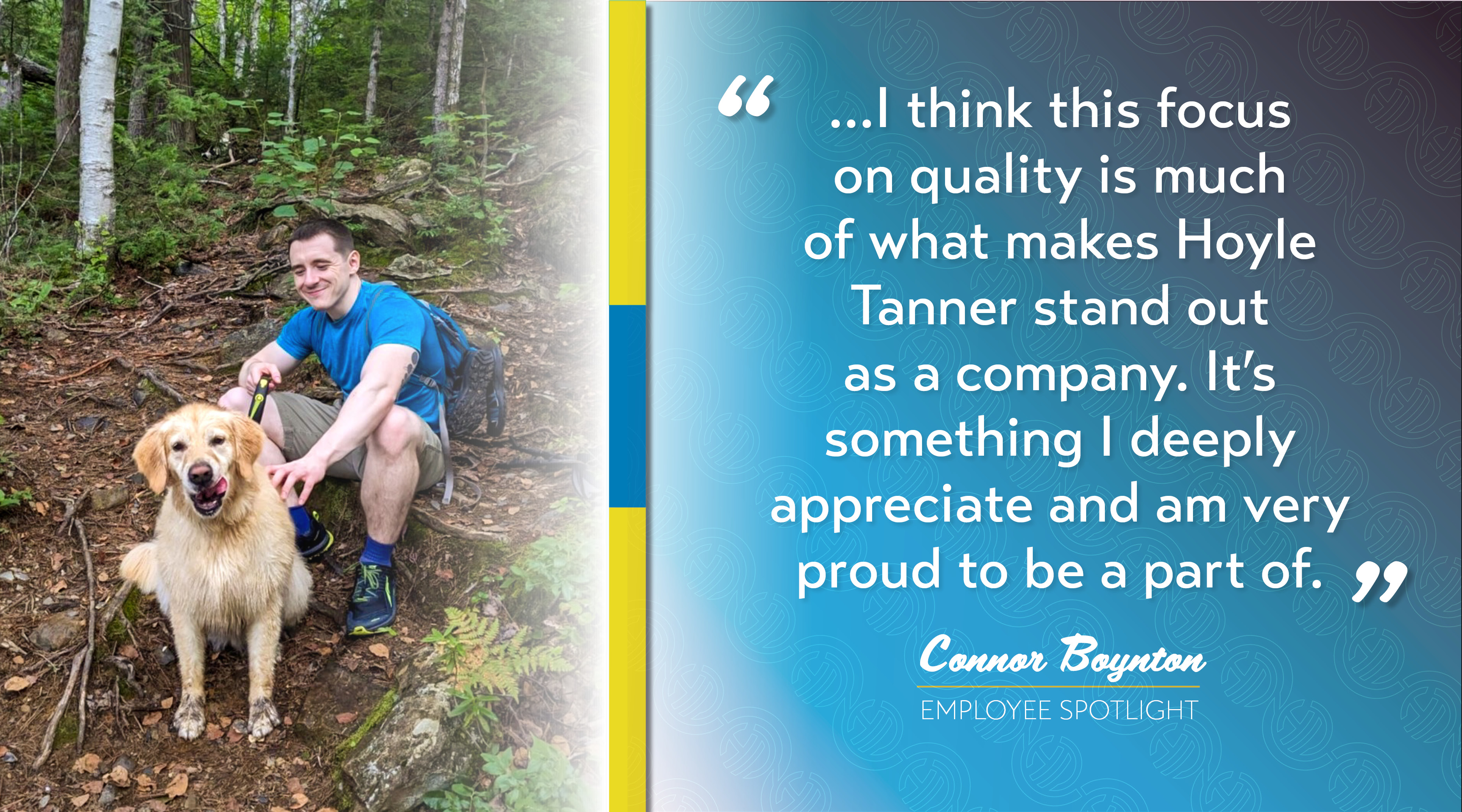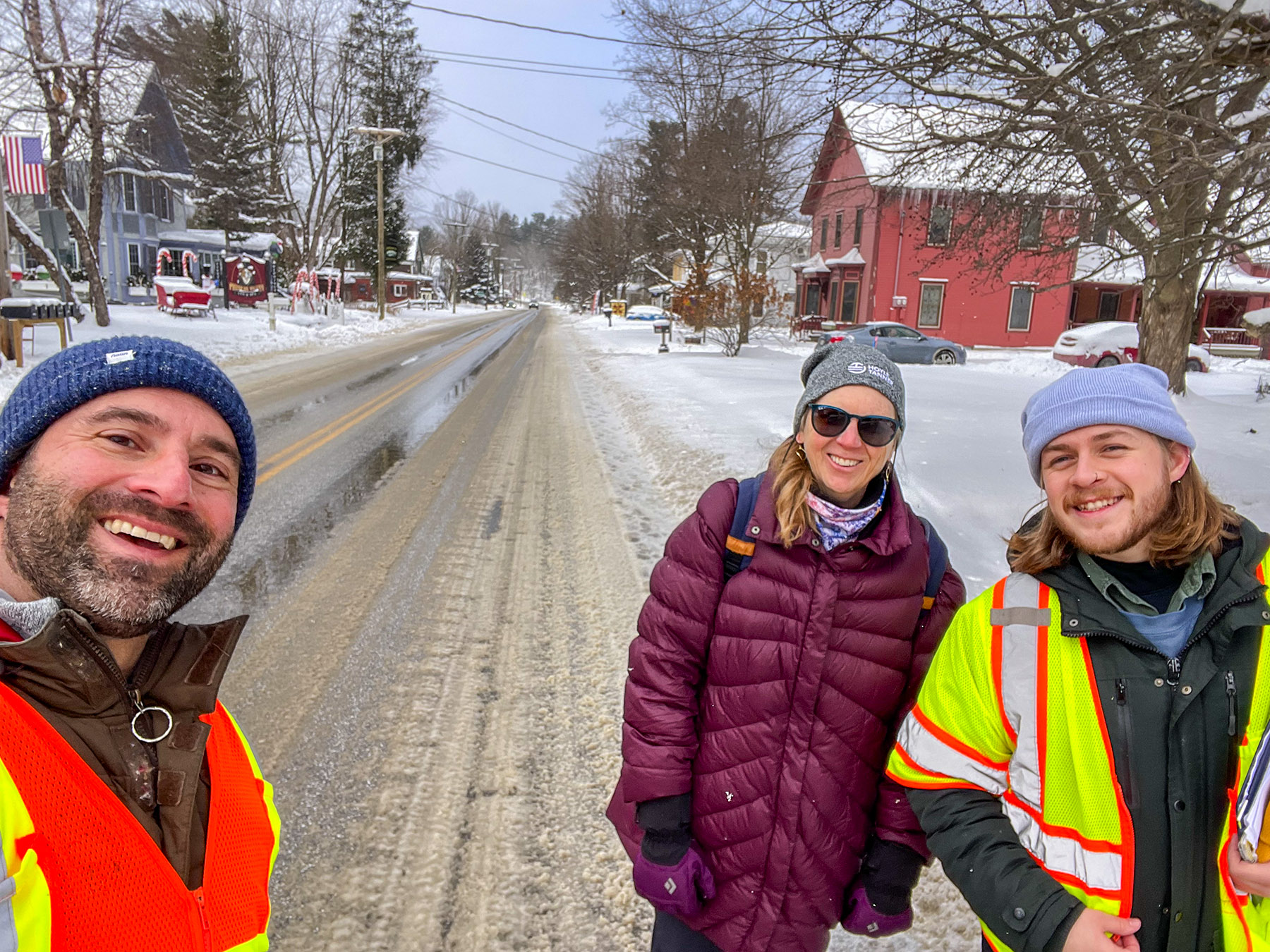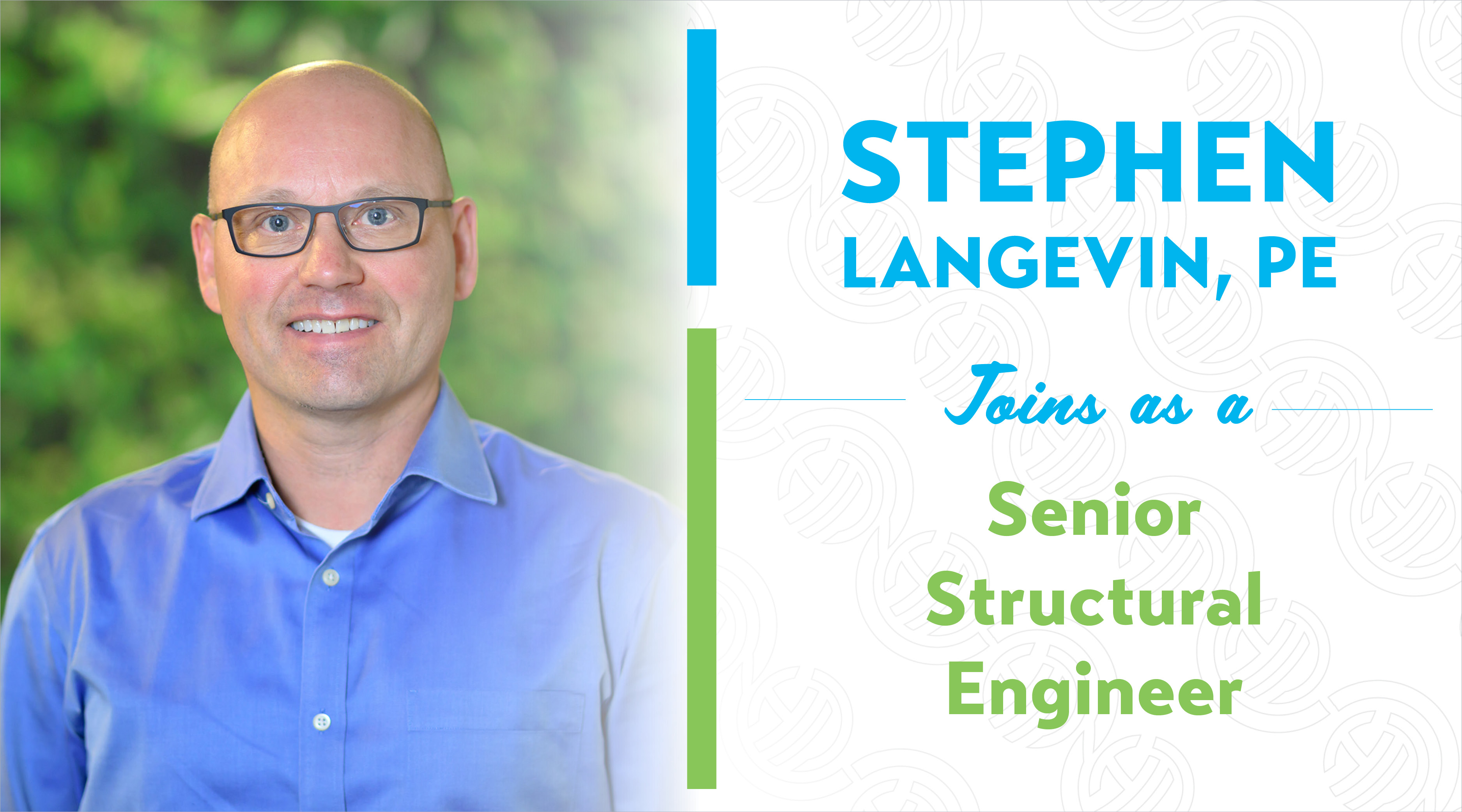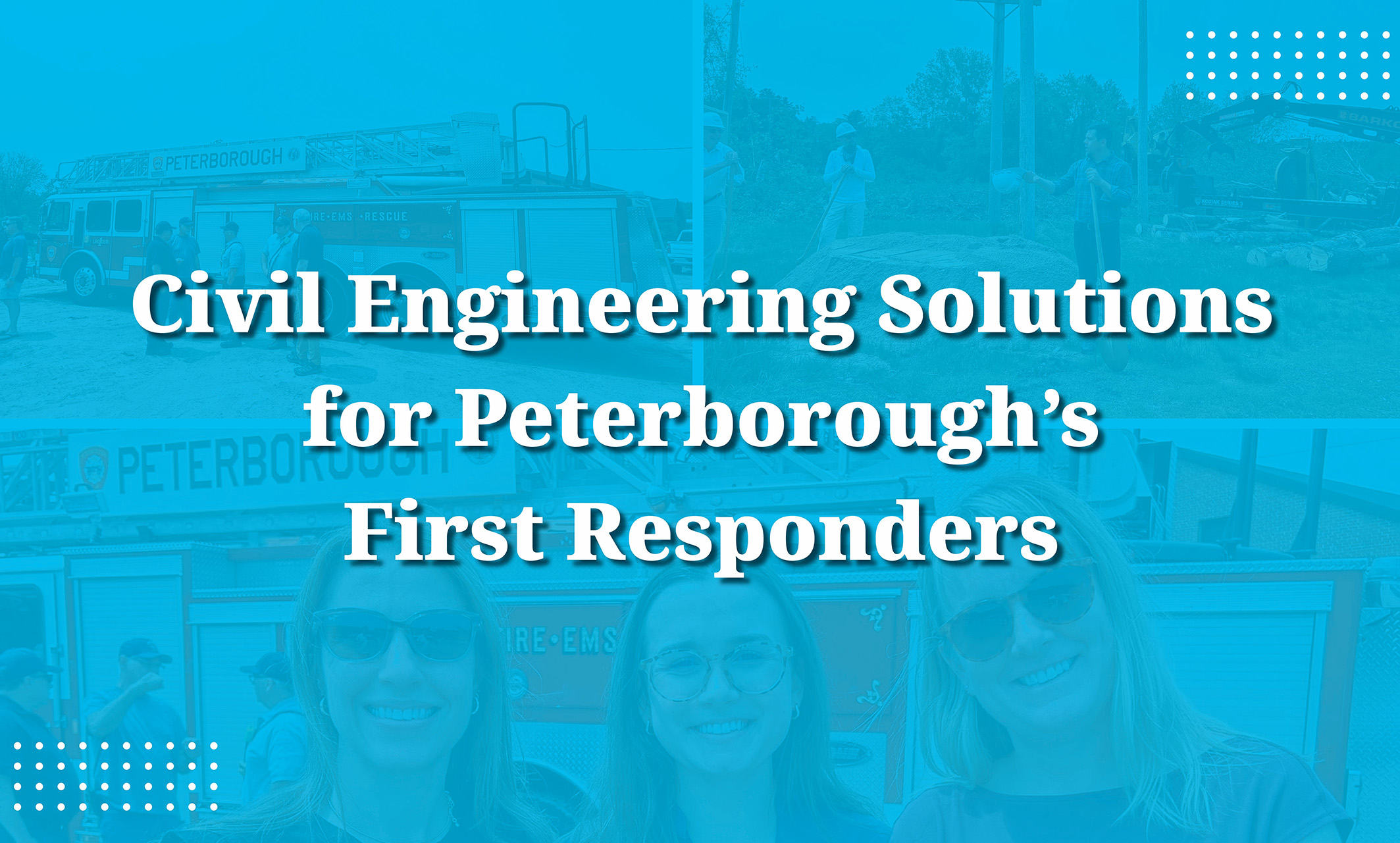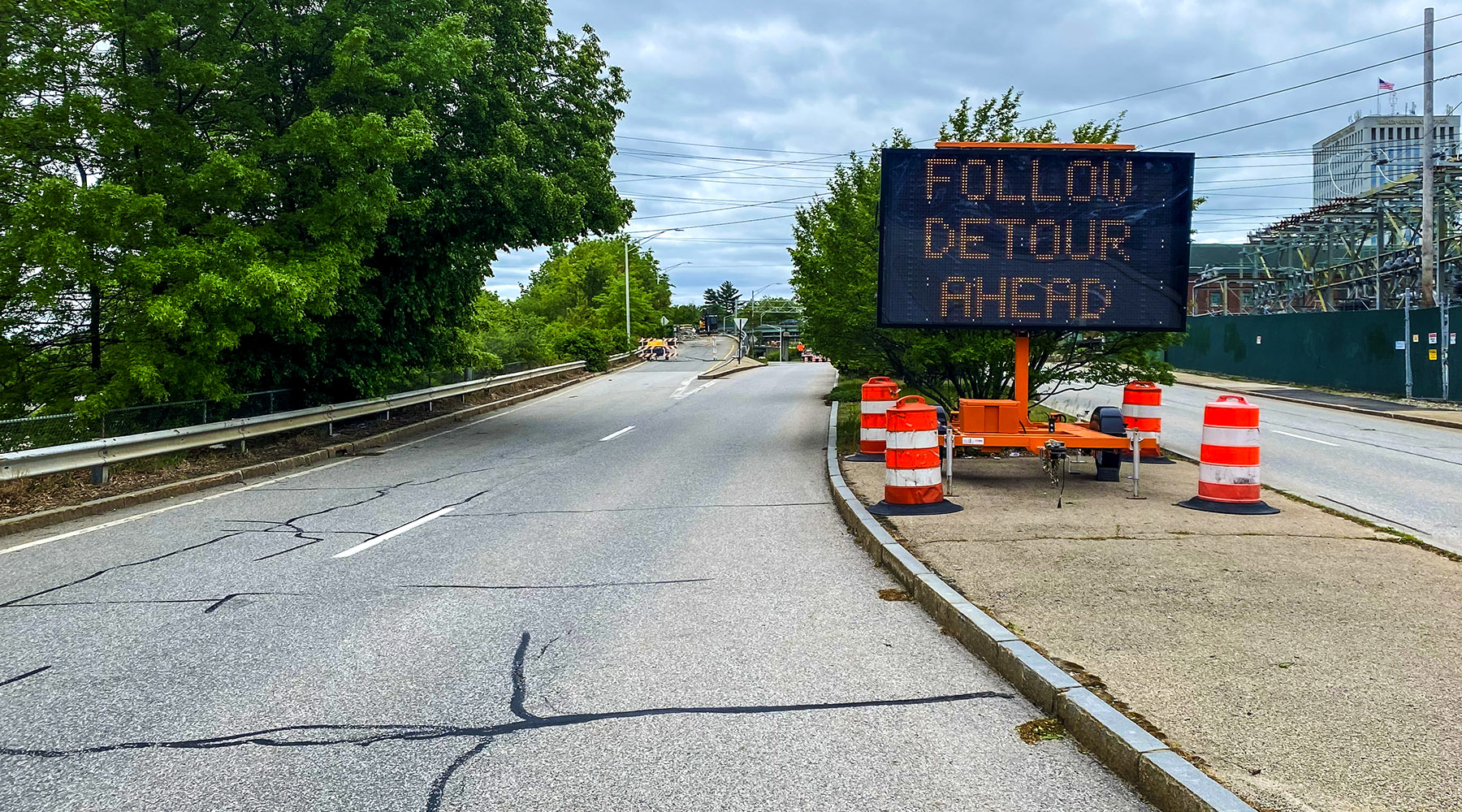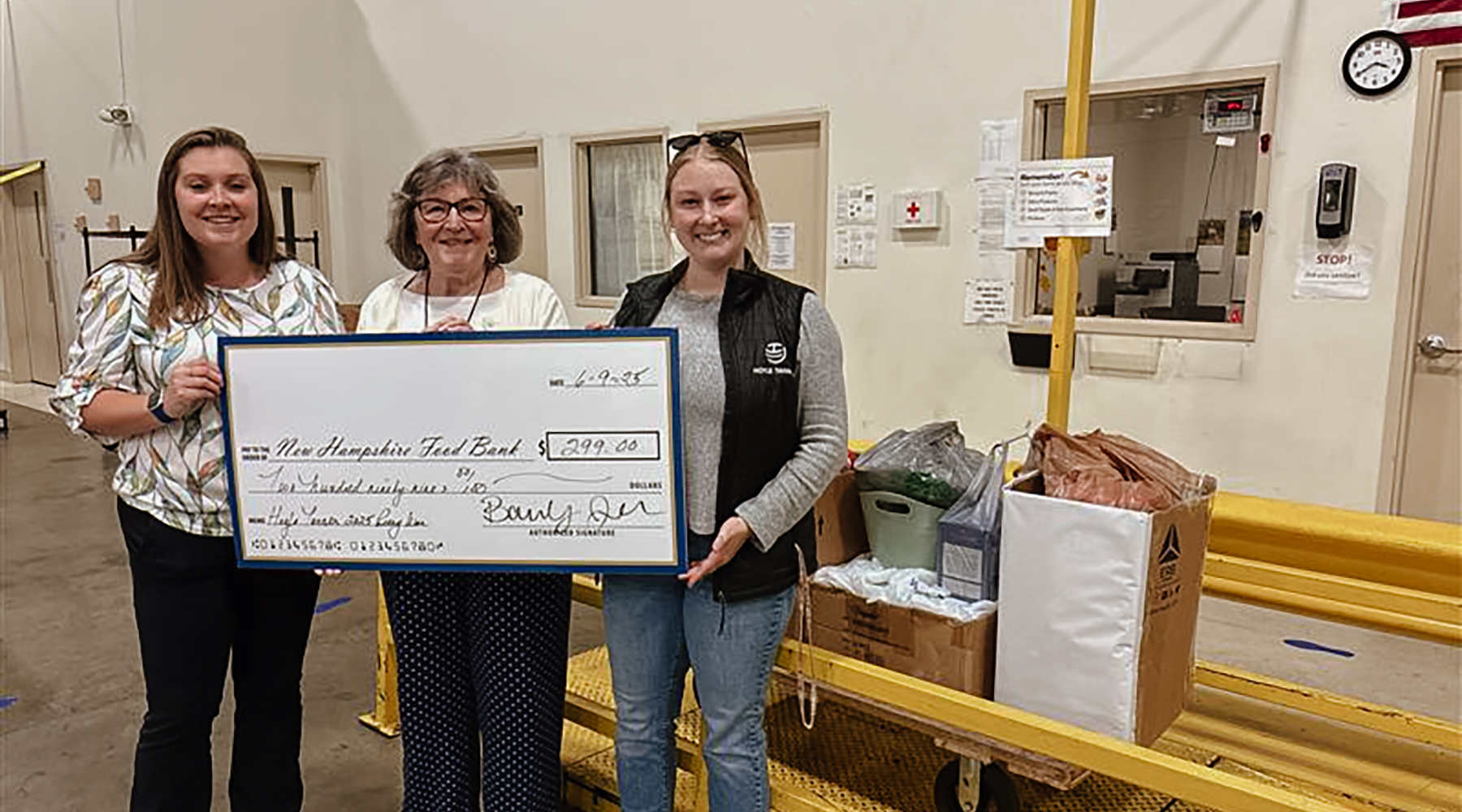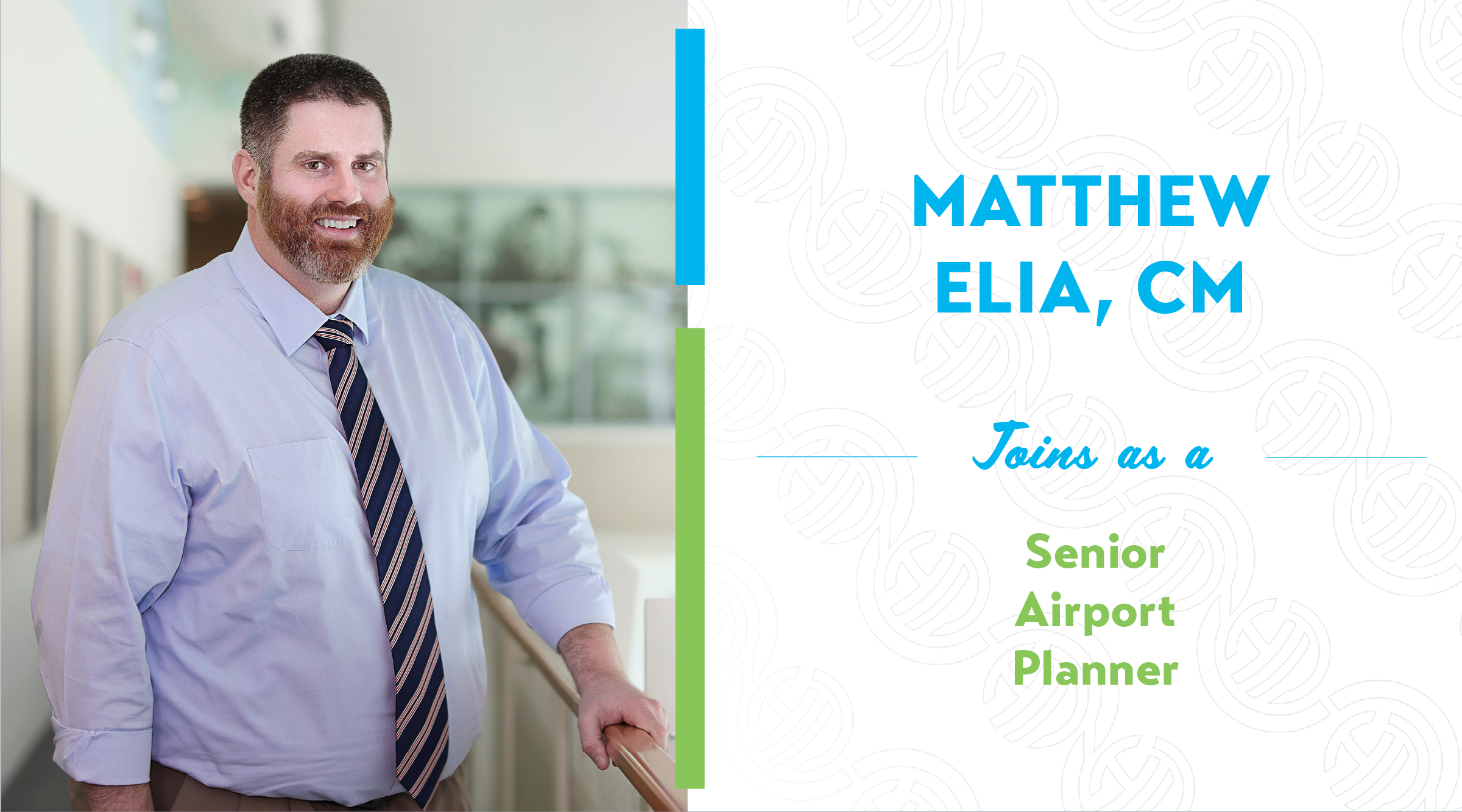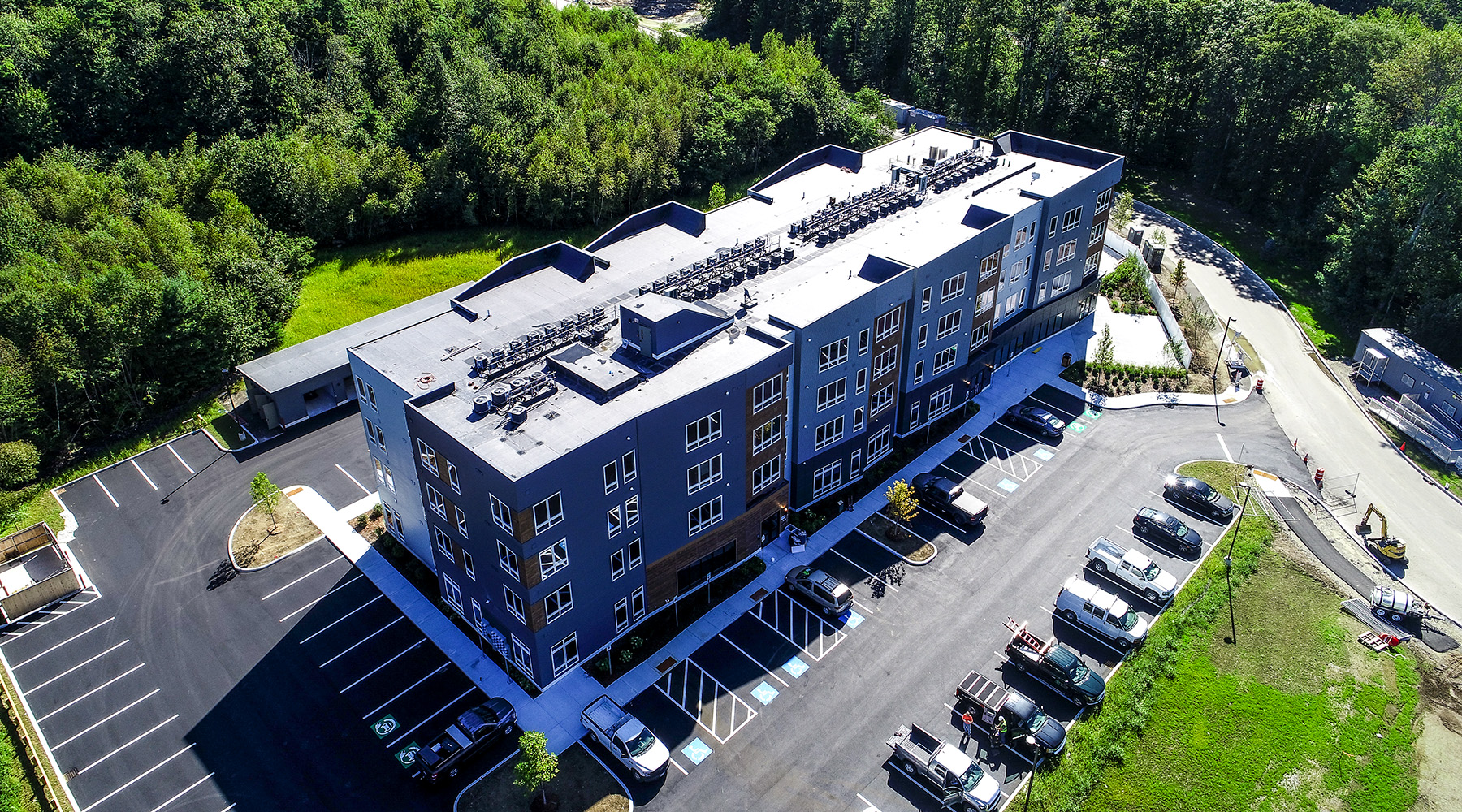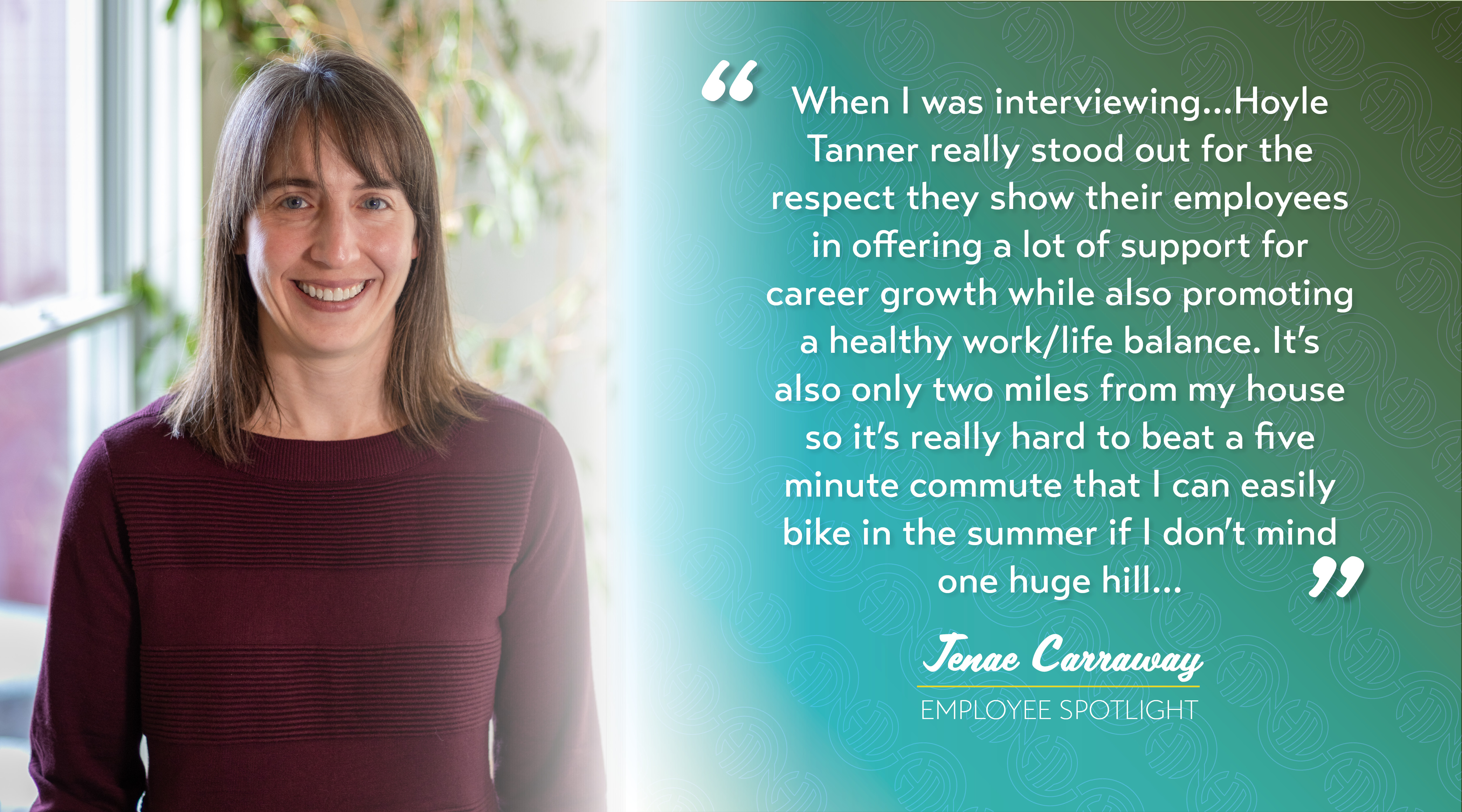WWTF Upgrade Project
Project Summary
As part of the Milford Water Utilities Department’s (Milford) efforts to meet new regulatory standards set by their 2020 NPDES Discharge Permit, Milford faced the need to upgrade its wastewater treatment facility (WWTF). Beyond mere compliance, the upgrade is required to protect public health and the environment.
Partnering with Hoyle Tanner, Milford prioritized community engagement at every step of project development. Through informative materials and open discussions, the project team engaged residents, stakeholders and town officials, and community representatives, to provide transparency and inclusivity. The engagement process kicked off by preparing and facilitating multiple project presentations to the Board of Sewer Commissioners, WWTF staff, the Budget Advisory Committee, and the Selectboard. As the project progressed, these presentations were refined to include impacts to sewer users and town residents for presentation at the Town’s deliberative session.
A key strategy to getting resident and sewer user approval on “vote day” was reaching the community members in various ways prior to them walking into the polls. The first initiative was hosting two public open houses at the WWTF which provided visitors with a facility map, a Frequently Asked Questions (FAQ) brochure, and a guided tour. These tours allowed residents to get an inside look at processes most people are unfamiliar with. Another information sharing method was the development of a treatment facility virtual video tour which showcased the Facility Director explaining the treatment process and the facility’s needs. The next initiative included the creation and distribution of an “Every Door Direct Mailer (EDDM)”—comprised of over 6,700 postcards—which outlined the project’s warrant article, where to get more project information, and the treatment facility’s needs. Members of the project team handed out these flyers to residents while answering community questions outside the polls on voting day. Combined, these efforts built up consumer confidence which led to the warrant article passing by a margin of 1868 in favor to 898 opposed votes.
SERVICES
- Study
- Public Outreach
- Preliminary Design
- Alternatives Development & Analysis
- Funding Assistance
- Final Design
From the blog
Learn about ongoing projects and the innovative processes we employ for our clients.

